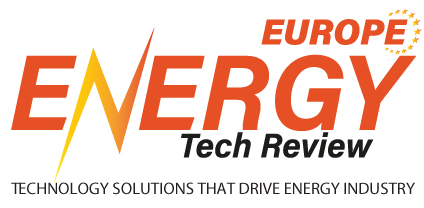 Mikko Kurunsaari, Owner, CEO, and Managing Director
Mikko Kurunsaari, Owner, CEO, and Managing DirectorHowever, as utility companies continue to incorporate newer technologies like IoT and smart sensors on top of the existing bluetooth and radio frequency (RF) powered AMR systems, they are being presented with new kinds of integration challenges. Why? Be it IoT, smart sensors, bluetooth, or RF, they all have unique communication protocols, and when these pieces of technology are coalesced to work together, the result is less than favourable. Moreover, such scenarios of inefficient interactions between the AMR systems and utility companies can greatly limit the ability of the latter to generate reports on power consumptions based on the readings from different meters.
“A solution to this deadlock is open source platforms where utility companies can use multiple communication protocols simultaneously. These open source platforms can give utility companies the ability to collect meter reading data from different data sources and save the collected data at one place,” opines Mikko Kurunsaari, one of the noted thought leaders in the utility space. “This would not only help the utility companies to better track utility usage by different consumers but also aid in generating tailored reports,” Kurunsaari avers further.
Interestingly, this is the same idea that led Kurunsaari to establish Gurux, a technology company focused on empowering utility businesses with an open source platform GuruxAMI (Gurux Advanced Metering Infrastructure), which can cater to their ever-evolving utility industry requirements. Utility companies can use the platform to unify different communication protocols on a single portal. Besides, GuruxAMI not only aids the utility companies but also other AMR solution developers and resellers to develop bespoken tools that can easily read DLMS (Device Language Message Specification) compatible water, gas, or electricity meters.
GuruxAMI not only helps the utility companies but also other AMR solution developers and resellers to develop bespoken tools that can easily read DLMS (Device Language Message Specification) compatible water, gas, or electricity meters
Elaborating further on GuruxAMI, Kurunsaari—the owner, CEO, and managing director of Gurux—notes the platform is licensed under GNU General Public License, version 2 (GPLv2). Therefore, every personnel within a client’s organisation has access to the source code of the platform. They can work with the code to develop their tailored AMR systems and even change the code to meet any particular requirement. Nonetheless, Gurux makes it mandatory for third-party vendors to maintain open access to all the modified codes for other Gurux’s clients. Alternatively, third-party vendors can get into a dual-license agreement with Gurux that grants users the rights to use, edit, and develop the source code as they want, without obligation to release it publicly. When paying for the dual-license, users actually buy a version of the product in question, whereas Gurux owns the copyright to the code.
Having already carved a niche of its own, Gurux now plans to focus on emerging technologies like IoT and how those can be integrated within its open source platform. According to Kurunsaari, these innovations will play a key role in the future shape of smart factories and their utility consumption. Besides, Gurux is also intending to expand its clientele and geographical footprints. “And at the core of these endeavours lie our true mission, i.e., making it easy for utility distribution companies to continue offering uninterrupted services to their customers,” concludes Kurunsaari.





